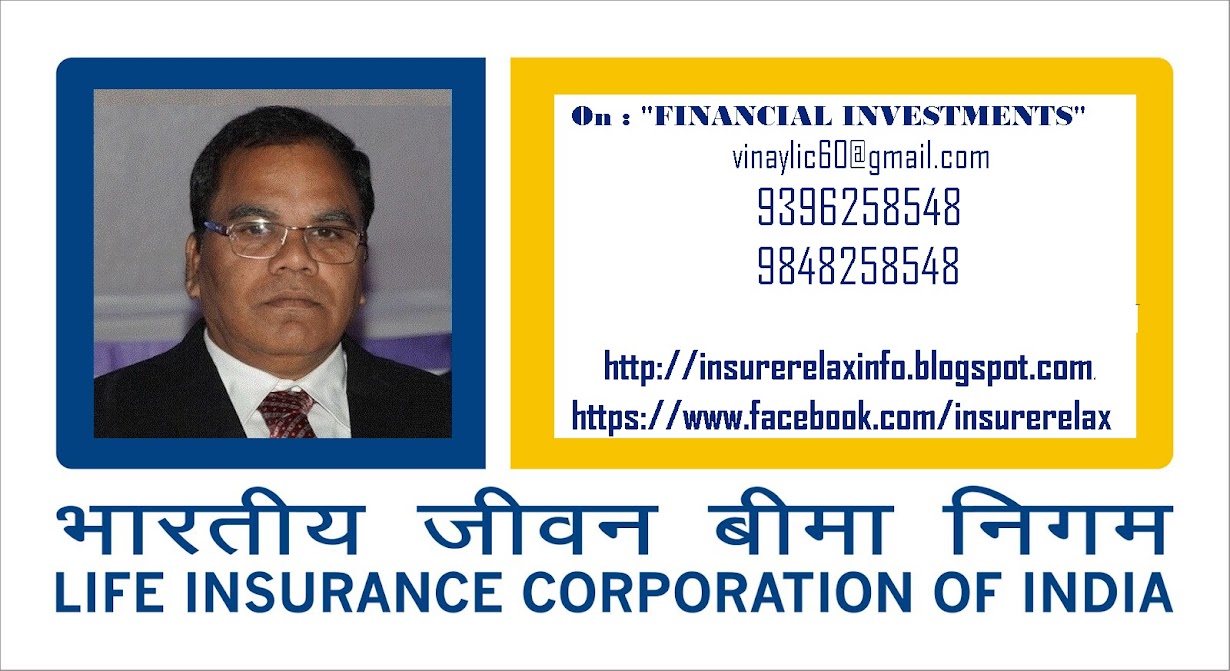Life insurers are in the process of modifying insurance plans for offering life cover of at least 10 times of annual premium paid by customers to be eligible for tax breaks. About 65–70 insurance products being sold at present will have to be either withdrawn or modified to be eligible for tax breaks. Most life insurance companies will approach the insurance regulator, Insurance Regulatory and Development Authority (Irda), seeking clearance for modified policies.
Withdrawal of existing policies or amending them became necessary after finance minster Pranab Mukherjee announced that all policies sold from April 1 will have to offer sum assured at least 10 times of the annual premium in order to qualify as a tax-saving product. The decision was announced in the general budget presented on March 16. Pranab Mukherjee’s budget proposal makes it incumbent upon the insurance companies to offer better life coverage to enjoy tax concessions on the plans that are sold as tax-saving products. Hitherto, most insurers offered five to seven times the premium collected as the life cover. And now, the companies are scampering to modify the products and bring them in compliance with budget proposal.
In case, an insurance policy does not meet the prescribed limit set by finance minister, the policyholders would not be eligible to claim tax deduction under section 80C and 10 (10D). This norm applies for unit-linked insurance plans (Ulip), as well as, traditional insurance products. In case, a product is not qualified as tax-saving product by Irda, its sales are bound to be impacted, thereby, denting the insurance companies sales revenue and margins. “We are in the process of modifying our existing products to meet the prescribed limits, so that products are available to customers even after April 1. Although this is a challenge for insurance players, this is a move in the right direction, as protection is the main motive of a life insurance policy,” said Suresh Agarwal, executive vice-president and head of distribution and strategic initiatives at Kotak Mahindra Old Mutual Life Insurance.
Life insurance products are a popular tax-saving tool for retail investors, and account for a huge chunk of total household savings. If these products lose tax benefit, profits of life insurance companies are bound to take a hit. But, some insurers do feel that modifying the products in a hurry will not be suitable for policyholder and some more time should be given. “We are in the process of modifying our products, but we also plan to approach the regulator so that industry can ask for more time from finance ministry in order to make the necessary changes in existing products or come up with new products,” said Anisha Motwani, director and chief marketing officer of Max New York Life Insurance.
Insurers are also apprehensive about the increase in service tax rates, that will be effective from April 1. “The increase in service tax on traditional policies is marginal, but for annuity-related products, where the policyholder converts his whole corpus into annuity, the impact will be significant,” said Saurabh Mishra, chief marketing and distribution officer at Star Union Dai-ichi Life Insurance.
Source : www.mydigitalfc.com
Withdrawal of existing policies or amending them became necessary after finance minster Pranab Mukherjee announced that all policies sold from April 1 will have to offer sum assured at least 10 times of the annual premium in order to qualify as a tax-saving product. The decision was announced in the general budget presented on March 16. Pranab Mukherjee’s budget proposal makes it incumbent upon the insurance companies to offer better life coverage to enjoy tax concessions on the plans that are sold as tax-saving products. Hitherto, most insurers offered five to seven times the premium collected as the life cover. And now, the companies are scampering to modify the products and bring them in compliance with budget proposal.
In case, an insurance policy does not meet the prescribed limit set by finance minister, the policyholders would not be eligible to claim tax deduction under section 80C and 10 (10D). This norm applies for unit-linked insurance plans (Ulip), as well as, traditional insurance products. In case, a product is not qualified as tax-saving product by Irda, its sales are bound to be impacted, thereby, denting the insurance companies sales revenue and margins. “We are in the process of modifying our existing products to meet the prescribed limits, so that products are available to customers even after April 1. Although this is a challenge for insurance players, this is a move in the right direction, as protection is the main motive of a life insurance policy,” said Suresh Agarwal, executive vice-president and head of distribution and strategic initiatives at Kotak Mahindra Old Mutual Life Insurance.
Life insurance products are a popular tax-saving tool for retail investors, and account for a huge chunk of total household savings. If these products lose tax benefit, profits of life insurance companies are bound to take a hit. But, some insurers do feel that modifying the products in a hurry will not be suitable for policyholder and some more time should be given. “We are in the process of modifying our products, but we also plan to approach the regulator so that industry can ask for more time from finance ministry in order to make the necessary changes in existing products or come up with new products,” said Anisha Motwani, director and chief marketing officer of Max New York Life Insurance.
Insurers are also apprehensive about the increase in service tax rates, that will be effective from April 1. “The increase in service tax on traditional policies is marginal, but for annuity-related products, where the policyholder converts his whole corpus into annuity, the impact will be significant,” said Saurabh Mishra, chief marketing and distribution officer at Star Union Dai-ichi Life Insurance.
Source : www.mydigitalfc.com

